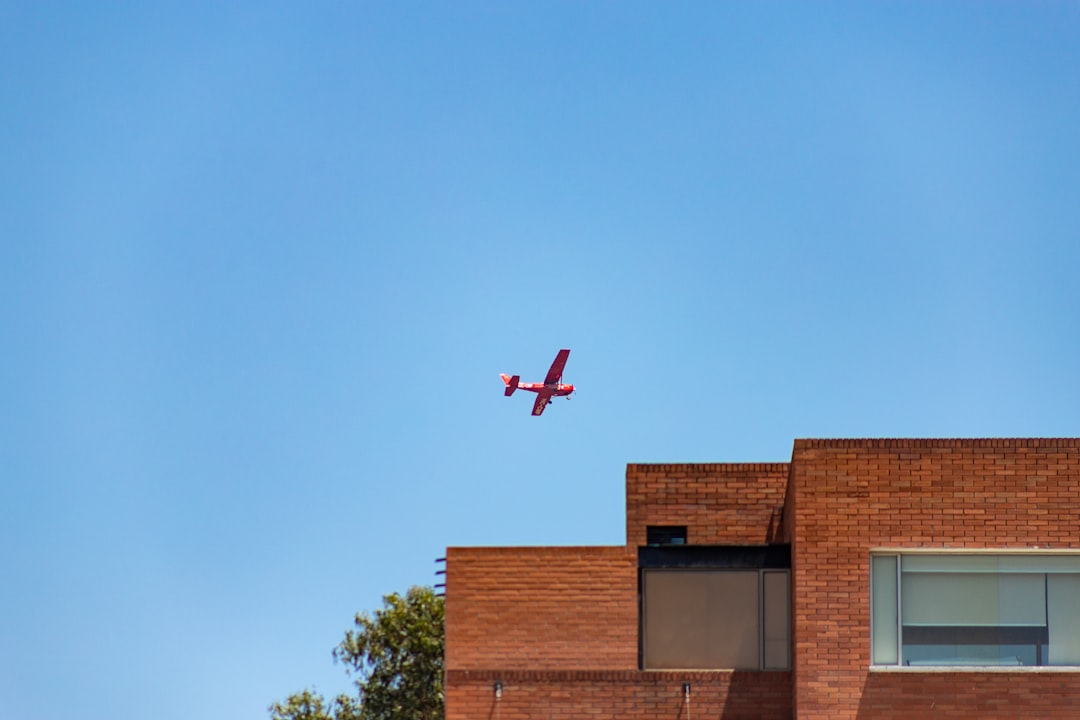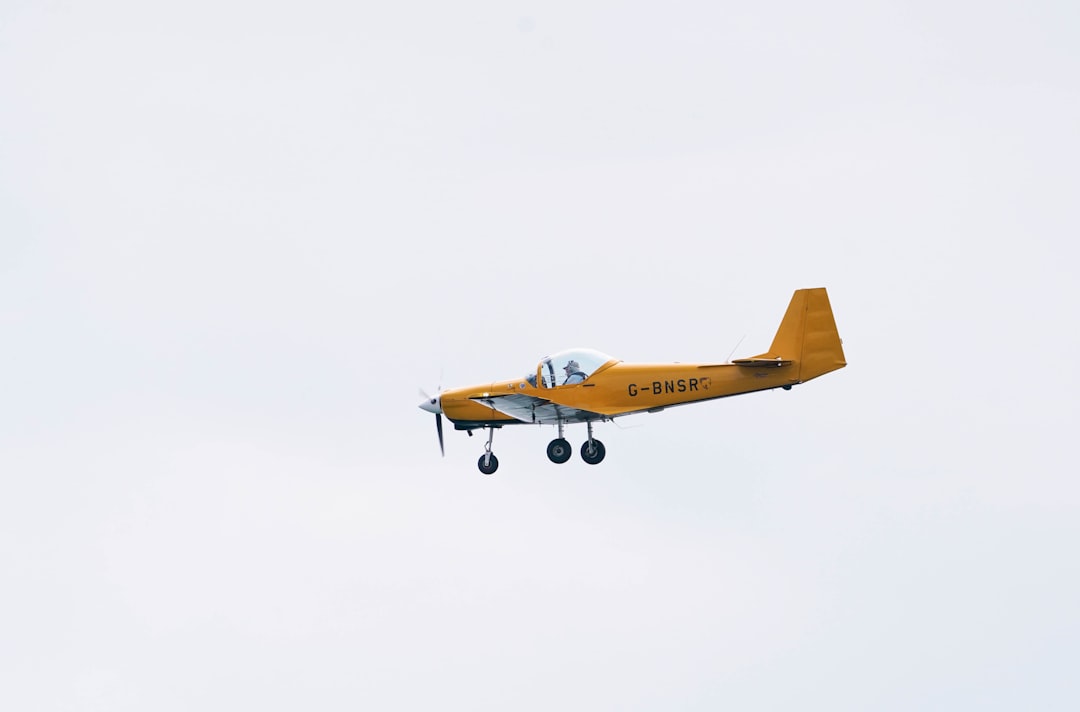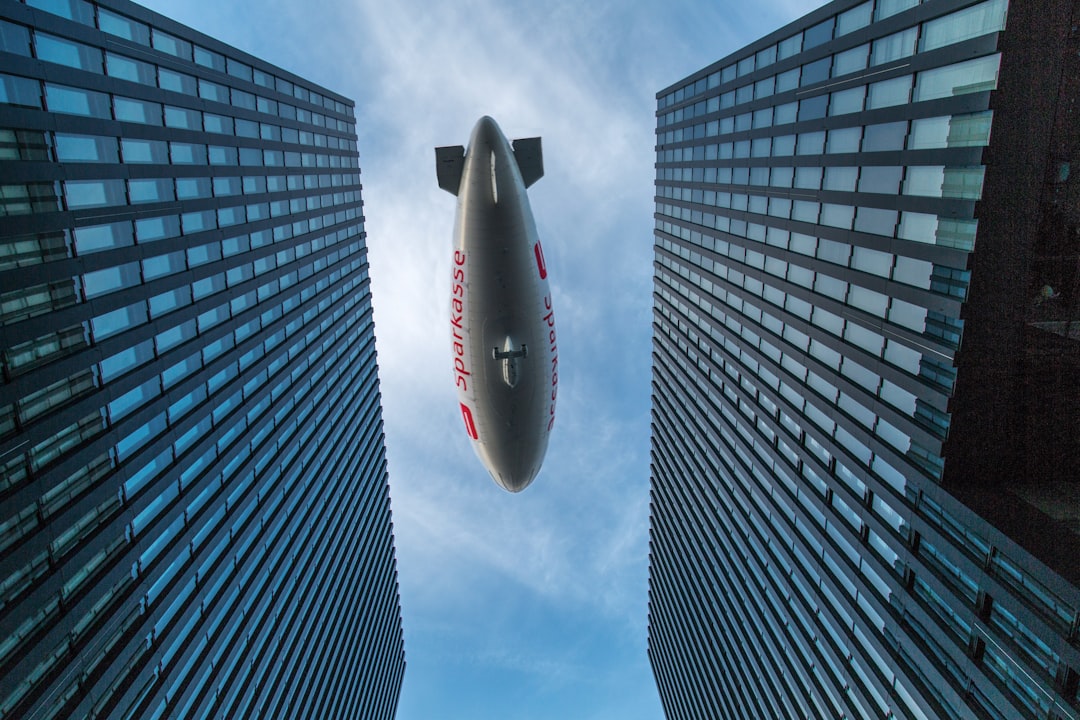

Engage prospects with a scan and streamline customer engagement with FREE QR code marketing tools by Sona – no strings attached!
Create a Free QR CodeFree consultation

No commitment

Engage prospects with a scan and streamline customer engagement with FREE QR code marketing tools by Sona – no strings attached!
Create a Free QR CodeFree consultation

No commitment
QR codes have transformed from a novelty into a strategic powerhouse for bridging offline engagement with online action. For aerial advertising companies, QR codes provide a practical, efficient, and highly interactive way to boost conversion rates, drive online actions, and offer deeper audience insights without requiring an app download or complex setup.
Aerial marketing and drone advertising have broken through traditional advertising barriers, allowing companies to reach audiences at scale with sky banner ads and outdoor campaigns. However, converting these short-lived impressions into high-quality sales leads remains a challenge, as many prospects see an ad but fail to take action or are never captured in standard CRM processes. QR codes help overcome this by capturing intent in the moment and seamlessly linking exposure to digital engagement. For strategy basics, see the Sona QR marketing guide.
This guide explains how aerial advertising companies can use QR codes to achieve higher conversion rates, strengthen their lead identification funnel, and provide direct pathways from airborne visibility to digital conversion and revenue tracking. It covers best practices, pain points of current approaches, and actionable strategies to ensure every impression can be tied to business growth.

Aerial advertisers often struggle to connect mass outdoor exposure with digital engagement and actionable leads. QR codes solve for that final mile: the moment when attention is high but direction is unclear. By turning every impression into a prompt for action, they reduce friction, capture intent, and accelerate the path to conversion. The key is to deploy QR in the right places, with the right creative, and with the right data plumbing behind the scenes via the Sona QR overview.
QR strategies work especially well when they replace outdated analog processes. Printed brochures that end up in the trash can become mobile-first landing pages that update in real time. Paper forms at airshows can be replaced with instant, prefilled mobile forms. Manual RSVP or contest sign-ups can be automated with a single scan. When the entire path from scan to submission is measured and connected to your CRM, your aerial campaigns start to behave like high-performing digital funnels.
Modernizing conversion workflows with QR codes helps aerial advertising companies turn quick glances into leads, improve attribution, and reduce lost prospects. With the right system, you can run experiments, measure outcomes across channels, and scale only the placements that deliver measurable pipeline impact.

Aerial impressions are powerful but fleeting. When a plane flies a banner down the shoreline or a drone show lights up a stadium sky, people pay attention for a few seconds. Without a scan-ready call to action, that attention often fades without a trace. QR codes bridge this gap by giving audiences a simple, immediate way to take the next step and by giving marketers a reliable way to measure what happens next.
For aerial advertisers, QR codes also unlock dynamic content control and precise attribution. Whether you print codes on ground signage that complements a flyover or render a scannable pattern in a drone formation, you can update the destination in real time, segment traffic by placement, and prove which creative variants drive the most qualified actions.
QR codes turn offline attention into a trackable, nurturable audience. When your scanning experience is frictionless and your follow-up is timely, your ROI on aerial media increases sharply.

Aerial campaigns must make every interaction count, since the exposure window is limited and environmental variables can change quickly. Choosing the right QR format for the job ensures you capture maximum value from each scan.
Dynamic QR management is critical in this vertical. It lets you A/B test destinations, localize offers by location, and consolidate engagement data in one place. With Sona QR, you can manage all code types and update content instantly as conditions change.
The best QR deployments intersect with real-world audiences at moments of high attention and intent. In aerial advertising, that means pairing sky-high spectacle with ground-level scannability and post-scan momentum.
Expanding QR deployment across these touchpoints ensures you capture and segment leads earlier, then feed them into personalized outreach. The result is a measurable lift in both engagement and post-event conversion.
Aerial displays capture attention but can lose momentum without a smooth path to action. QR applications close the gap by inviting immediate response and enabling fast follow-up that keeps the conversation going.
These use cases enable timely marketing responses and set up retargeting or cross-selling before competitors can act. They also provide the data needed to optimize creative, placement, and offer strategy for future flights and shows.
Each QR code scan is a signal. It reflects interest, context, and behavior that you can use to build more relevant messages. By placing unique codes across your aerial and ground assets, you can segment audiences automatically and drive smarter follow-up.
Start by mapping QR codes to the buyer journey. Use one code for awareness interactions at public events, another for consideration at sponsor booths or hospitality tents, and a third for conversion, such as a pricing request or coupon claim. This structure gives you clean segments that align with campaign goals and funnel stages.
For aerial advertising companies and their brand clients, industry-specific segments might include beachgoers vs. stadium attendees, locals vs. travelers, family groups vs. solo attendees, and sponsor VIPs vs. general admission. With Sona QR, each code becomes a smart entry point that captures this context and turns it into actionable segments.
QR codes are more than handy shortcuts. They are connective tissue that binds your aerial spectacle to your broader marketing ecosystem. When planned well, they turn every print piece, screen, and live activation into a measurable onramp to your digital funnel.
Here are examples of how QR codes enhance the marketing mix for aerial advertising companies and their clients:
QR codes serve as the offline onramp to your digital marketing engine. With a centralized platform like Sona QR, you can manage all codes, monitor performance, and sync scan data with your CRM and ad platforms for a complete, consistent view of impact.
A well-run QR program prevents data gaps and eliminates manual tracking. The following steps help aerial advertising teams launch with confidence and scale what works.
Clarify the business outcome first. Are you trying to increase RSVP volume for an airshow preview night, drive redemptions for a sponsor promotion on the boardwalk, or book demos with venue operators at a conference? The use case determines the destination experience and the data you need to collect.
Select static or dynamic codes based on your need for flexibility, testing, and analytics. Static codes are fine for evergreen links such as a portfolio page, but most campaigns benefit from dynamic codes.
Design for real-world conditions. Outdoor scans contend with distance, glare, motion, and crowd movement. The code must be large, high contrast, and supported by an explicit call to action.
Bring the QR experience to every surface that your audience sees before, during, and after the flight or show. Redundancy matters, since not everyone can scan in the same moment.
Launch with analytics in place and keep iterating. A good QR program is never set-and-forget.
Integrated QR workflows compress the time between attention and action. They also provide the visibility needed to reinvest with confidence in the formats, placements, and partners that deliver measurable outcomes.
Proving ROI in aerial advertising has historically been difficult because touchpoints are fragmented and offline. Without a way to connect sky exposure to first-party data and downstream revenue, teams are forced to rely on soft metrics. QR analytics change that by capturing scan events with time, location, and device context, then enriching those events through the rest of the buyer journey. For methodology, see the Sona guide to offline attribution.
With Sona QR and Sona.com, you can move beyond vanity metrics. You see which flight routes or show cues drive scans, which landing pages convert, and how those leads progress through your CRM. You can measure the impact of a beach flyover on online orders that same afternoon or attribute sponsorship revenue to specific stadium activations over a season.
This level of visibility turns aerial advertising from a black box into a performance channel. You can justify spend, double down on high-performing venues and creatives, and negotiate smarter with partners using hard data.
A good QR deployment aligns message, medium, and moment. The following practices help you earn more scans, capture better data, and move people quickly to the next step.
Creative deployment ideas include QR codes on washable beach towels handed out before a flyover, codes on wristbands that unlock VIP seating during drone shows, and codes engraved on reusable cups at stadiums that lead to instant reorders or sponsor offers. Each example pairs a long-lived physical item with repeatable scanning behavior.

Aerial advertisers around the world are using QR to increase engagement and prove ROI. The following examples showcase what is possible when sky-high spectacle meets strategy and measurement.
These examples demonstrate how QR transforms aerial activations from one-off moments into measurable, repeatable growth programs. They also show that creativity and measurement are complementary when everything is designed for scannability and speed.

Aerial formats vary widely in how they deliver reach, sustainability, and data. Understanding their strengths and trade-offs helps you build balanced campaigns that maximize impact and insight.
QR-integrated formats provide the only full offline-to-online attribution loop in aerial advertising. They adapt to regulatory constraints, improve sustainability by reducing reprints, and deliver actionable data to justify spend. The optimal strategy pairs broad creative reach in the sky with granular tracking and engagement on the ground.
Converting fleeting aerial impressions into measurable revenue has long been a challenge. QR codes now make it possible to bridge that gap with instant, scannable calls to action that fuel digital journeys, enrich your CRM, and prove impact with end-to-end attribution.
With thoughtful planning, aerial advertisers can identify high-intent prospects in real time, nurture them with relevant content, and close the loop from scan to sale. The approach turns aerial campaigns into performance engines that deliver both spectacle and clear business value.
Airborne campaigns do not have to be a guessing game. By implementing QR codes and connecting them to a platform like Sona QR and Sona.com, aerial advertising companies can turn passive impressions into qualified leads, energize pipelines, and react quickly to audience signals. Capture demand at the source, convert it with speed, and measure every outcome so you can raise the bar for marketing accountability both in the sky and on the ground. Start creating QR codes for free.
QR codes have revolutionized aerial advertising companies by transforming fleeting sky-high messages into measurable, actionable engagement channels. Whether you’re acquiring new customers, enhancing viewer interaction, or capturing critical data from every scan, QR codes turn airborne ads into dynamic conversion tools that deliver real-time insights and maximize campaign impact. Imagine knowing exactly which aerial ads generate the most leads and being able to optimize your strategy instantly.
With Sona QR, aerial advertisers gain the power to create dynamic, trackable QR codes that update on the fly—no costly reprints required. Every scan connects directly to your revenue goals, allowing you to retarget high-intent audiences and prove campaign ROI with precision. Take your aerial advertising to new heights by turning every skyward glance into a measurable, profitable action.
Start for free with Sona QR today and transform your aerial ads into powerful growth engines.
Aerial advertising companies use QR codes combined with platforms like Sona QR to turn brief aerial impressions into measurable digital engagement, enabling real-time updates, precise attribution, and integration with CRM systems for improved lead capture and campaign optimization.
Incorporating QR codes provides an immediate call to action for viewers, bridges offline exposure to online experiences without app downloads, allows dynamic content updates mid-campaign, enables detailed tracking of scan data, and increases conversion rates while reducing lost prospects.
Aerial advertising enhanced with QR codes can outperform traditional methods by providing measurable engagement, higher conversion rates through interactive calls to action, detailed attribution across venues and creatives, and the ability to optimize campaigns based on real-time data.
Businesses involved in events, sports, hospitality, sponsorships, and outdoor promotions such as beach campaigns, stadium activations, drone shows, airshows, and trade shows typically use aerial advertising to reach large audiences with spectacular visual displays.
Success is measured by tracking QR code scans with detailed data including time, location, device, and campaign source, integrating scan data with CRM systems for lead scoring and revenue attribution, monitoring conversion funnels, and comparing engagement across different channels and venues.
Use Sona QR's trackable codes to improve customer acquisition and engagement today.
Create Your FREE Trackable QR Code in SecondsJoin results-focused teams combining Sona Platform automation with advanced Google Ads strategies to scale lead generation

Connect your existing CRM

Free Account Enrichment

No setup fees
No commitment required

Free consultation

Get a custom Google Ads roadmap for your business






Launch campaigns that generate qualified leads in 30 days or less.
